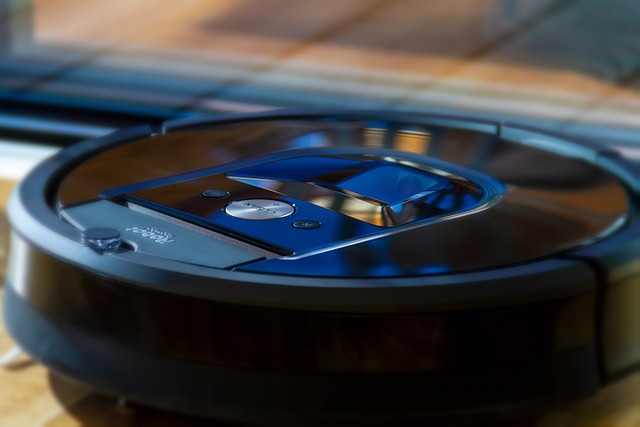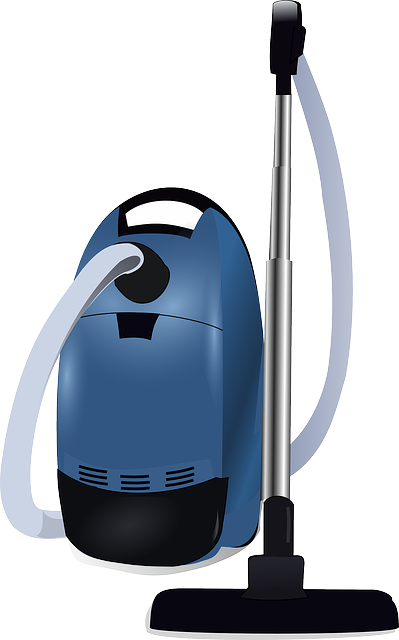
Imagine possessing a state-of-the-art robot vacuum cleaner that skillfully maneuvers through your living space, ensuring it remains clean. With a programmed cleaning schedule, you can take pleasure in returning to a pristine environment. However, you soon notice an unusual odor emanating from the vacuum cleaner, prompting your curiosity about its origin and your urgent need for a remedy. It is crucial to address this concern to prevent your home from developing an unpleasant scent. Investigate the possible causes and effective solutions, while also discovering preventive strategies to keep your home consistently fresh and inviting. Ultimately, fostering a pleasant ambiance is vital for an enjoyable cleaning experience.
Reasons Why my Vacuum smells
There can be many reasons behind vacuum smelling. Sometimes it become very difficult to figure out the reason. Although figuring out the main reason behind it is key to success.
Clogged filters
A key reason your vacuum might smell is due to clogged filters. When these filters get packed with dust, they can turn into a haven for bacteria and mold, leading to unpleasant, musty smells. As time goes on, these odors can intensify, making it difficult to use your vacuum effectively.
Overheating Motor
1. A frequent issue is motors overheating. When the belt is worn, it can lead to the motor getting too hot, which often results in a burnt odor. In extreme situations, the motor might completely fail and require repairs.
Captured Waste
Accumulated debris like pet hair or food crumbs can lead to unpleasant odors in your vacuum cleaner. When these materials build up and start to decompose in the filter, hose, or brush, they create a bad smell. This problem is especially common in vacuums used in busy households, particularly those with pets or kids.
Ways to Get Rid of Vacuum Odors

Once we identify the source of the unpleasant odors, we can tackle them using the following solutions.
Clear Out the Dust Bag or Bin
To keep your robot vacuum smelling fresh, it’s important to regularly empty the dust bag or bin, especially if there’s a clogged filter or debris stuck inside. Aim to do this after every use, particularly in busy areas like the kitchen and living room. This simple step can help prevent any debris from decomposing and causing unpleasant odors.
Try changing or cleaning filters
Take a look at the filter; if it’s blocked, giving it a clean or swapping it out should resolve the problem immediately. To keep dust and debris from building up, make it a habit to check it often. It’s a good idea to consult the vacuum’s user manual for detailed guidance on cleaning the filter.
Examine brushes
Make sure to inspect and clean the brushes to remove any debris that might be caught in them. Since the brushes are the first point of contact with various types of dirt, especially after you’ve cleaned a busy area, things like pet hair and food crumbs can easily get stuck. If your vacuum features a rotating brush, you can usually remove it for a thorough cleaning. Don’t forget to check the manual for specific instructions on how to clean the brushes properly.
Try washing the hose
When using an upright vacuum, take off the vacuum hose and give it a good wash with soapy water—dish soap or a gentle detergent works well. It’s a good idea to fully submerge the hose, letting the water flow through to clean it out. Once you’ve rinsed it thoroughly, allow it to dry completely before putting it back on the vacuum.
Try washing mop if using vacuum mop
Vacuum and mop combos are becoming increasingly popular for home cleaning. To avoid unpleasant odors, make sure to wash the mop after each use. While many microfiber mop heads can be tossed in the washing machine, for those that can’t, you can soak them in a mixture of bleach and water, then rinse thoroughly and hang them up to dry.
Try replacing with robot vacuum
If you’re looking for a more intelligent and hands-free way to clean, think about switching from a conventional vacuum to a robot vacuum. High-end options like the DEEBOT T20 OMNI come with fantastic features, including an all-in-one docking station that not only charges the robot after each cleaning session but also automatically empties the dust bin and washes and dries the mop head with hot air. The OMNI station has a spacious dust bin that can hold debris for months, and the hot water wash effectively tackles tough stains and eliminates odors, keeping your robot smelling fresh. Furthermore, these robotic vacuums come with sensors that alert your app, letting you know when it’s time to replace filters or empty the dust bin, which helps prevent any unwanted odors.
Tips for Preventive Maintenance to Keep Your Vacuum Smelling Fresh
By following these preventive steps and regularly maintaining your vacuums, you can keep them in great condition and extend their longevity.
Routine Cleaning Upkeep
Many vacuum manufacturers emphasize the importance of regular preventive maintenance. Depending on your usage, make sure to empty the dust bins or bags to avoid overfilling. It might seem obvious, but vacuums require proper airflow to function effectively, and an overstuffed dust bin can obstruct this airflow.
It’s also crucial to clean the filters, brushes, and hoses to keep your vacuum in top shape. Be sure to check all the filters, as some vacuums have just one while others may have several. Replace any disposable filters and wash the washable ones, which are becoming increasingly common. Rinse them thoroughly and let them dry completely before putting them back in the vacuum.
Brushes tend to gather hair, string, and other debris that can wrap around them, making the vacuum work harder and potentially hindering their movement. You can easily untangle the brushes by cutting through the mess with scissors or a blade. Some models even allow you to remove the brush rolls for a deeper clean.
Hoses are another area where clogs can occur. It’s a good practice to disconnect and clean them regularly, and running soapy water through them can help eliminate stubborn stains. Just be sure they are completely dry before reattaching.
In general, keep an eye out for any signs of unusual performance. If your vacuum isn’t picking up dirt, is emitting strange smells, or is spitting debris back out, stop using it and investigate the problem right away. If the issues persist, it’s best to consult the manufacturer for professional help.
Keep vacuum in a well ventilated area
Besides routine maintenance, it’s wise to keep your vacuum cleaner in a well-ventilated spot. Molds, mildew, and bacteria thrive in dark, confined spaces, so placing your vacuum in a dry, cool area with good air circulation is essential for extending its lifespan and avoiding any unpleasant odors.
Buy a self-emptying robo vacuum
A robot vacuum can handle your household cleaning chores with ease and demands very little upkeep. While it’s still a good idea to clean them regularly for peak performance, these devices are clever enough to alert you when it’s time to clean or replace the filters, or if there’s a blockage in the brushes, helping to prevent odors and keep your home smelling fresh.
FAQ
What causes my vacuum to emit a burning smell? Is it a safety concern?
If you detect a burnt odor from your vacuum, it might indicate that the motor is getting too hot. Switch it off right away and allow it to cool down. Continuing to use an overheating vacuum could result in the motor burning out completely, which can lead to expensive repair costs.
What methods can be employed to eliminate unpleasant odors from a bagless vacuum cleaner?
Begin by emptying the dust container. Clean the dust container using soap and warm water, ensuring it is thoroughly air-dried afterward. Subsequently, detach the filter, clean it, and allow it to dry completely before reattaching it to the vacuum cleaner. For detailed guidance, consult the manual.
Does the use of baking soda pose any risks to a vacuum cleaner?
Although utilizing baking soda in conjunction with a vacuum cleaner has become a popular method for odor removal—by sprinkling it on the carpet to absorb unpleasant smells before vacuuming—numerous manufacturers have cautioned that this practice may result in baking soda accumulation within the filter, potentially causing damage, especially to the motor.

